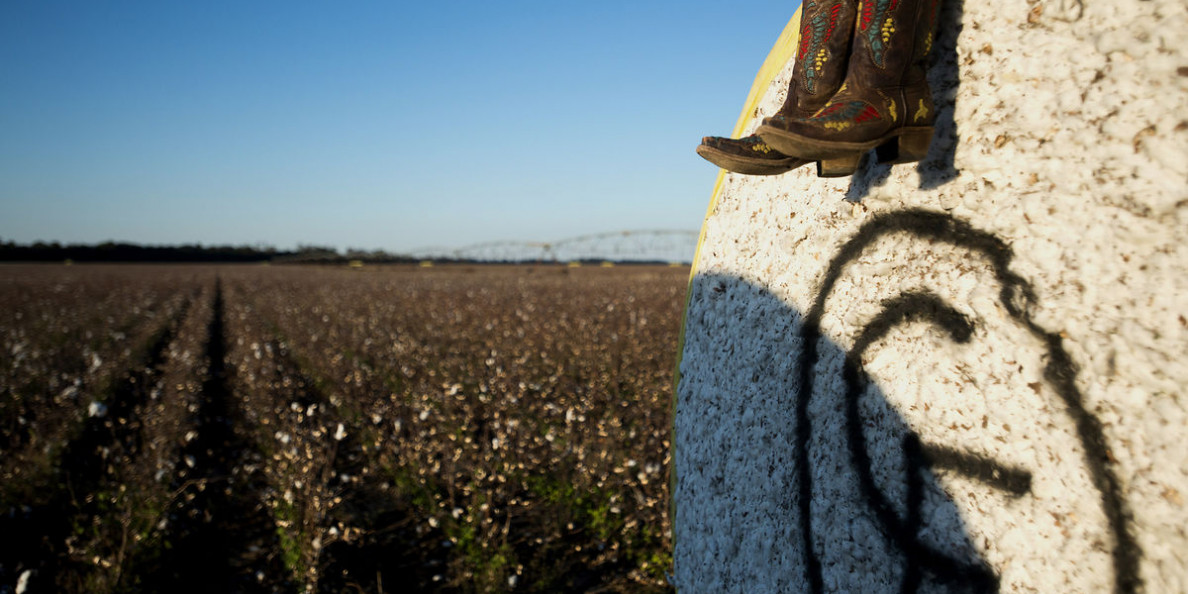It’s never too early to be thinking about next season’s opportunities and risks. To begin with, the size of the 2019 U.S. crop, still uncertain, will influence the supply of next year’s balance sheet in the form of potentially huge carry-in stocks.
Then there is the question of 2020 production. Cotton prices have tanked during 2019. That experience alone may influence some growers’ and bankers’ future decisions. But the more direct and immediate effect is that the price relationship between cotton and competing crops does not favor cotton like it did in early 2019. This is currently reflected by the higher ratio (currently 6.4) of corn futures prices to cotton futures prices (Figure 1, x-axis), relative to the two previous years. History suggests that when corn futures prices are higher in relation to cotton futures, we could expect cotton planted acres between nine and ten million acres (see Figure 1).
The weather in 2019 is a major consideration, as it always is. National Oceanic and Atmospheric Administration is not currently forecasting either El Niño or La Niña conditions going in to 2020. We can therefore expect average yield and abandonment, applied to a lower acreage. Even with a large carry-in, this suggests a reduced U.S. supply of around 21 million bales or so.
Conservatively assuming 16 million bales of exports, it should be easy to result in lower ending stocks year-over-year. Decreasing ending stocks is historically associated with price strength. We might then expect ICE cotton futures prices for the 2020 cotton crop to range in the 60s and 70s.
What can be done about this situation? First, be very intentional and go into it with your eyes wide open. You should have realistic estimates of your expected per unit costs of production that you must cover if you plant cotton.
Second, consider the risk of hanging on to unsold 2019 bales. The market is not signaling that it’s worth storing those bales if you have to pay the storage. However, with current prices this low and demand this weak, many folks will put their 2019 crop in the CCC loan, let Uncle Sam subsidize the storage, and see what happens.
Third, since December 2020 futures may be at the low end of their likely trading range, growers may be gambling on seeing higher prices after they have put seed in the ground. The challenge is that upward price volatility is, well, volatile. Price rallies may come and go, particularly if hedge fund speculators are playing their usual role as a catalyst. Growers need to be ready to take action when the opportunities are there. Do you have a pricing plan? Do you already have a relationship with a merchant and/or a futures broker? Do you have brokerage accounts already set up and funded? Seeing higher prices is not enough.



